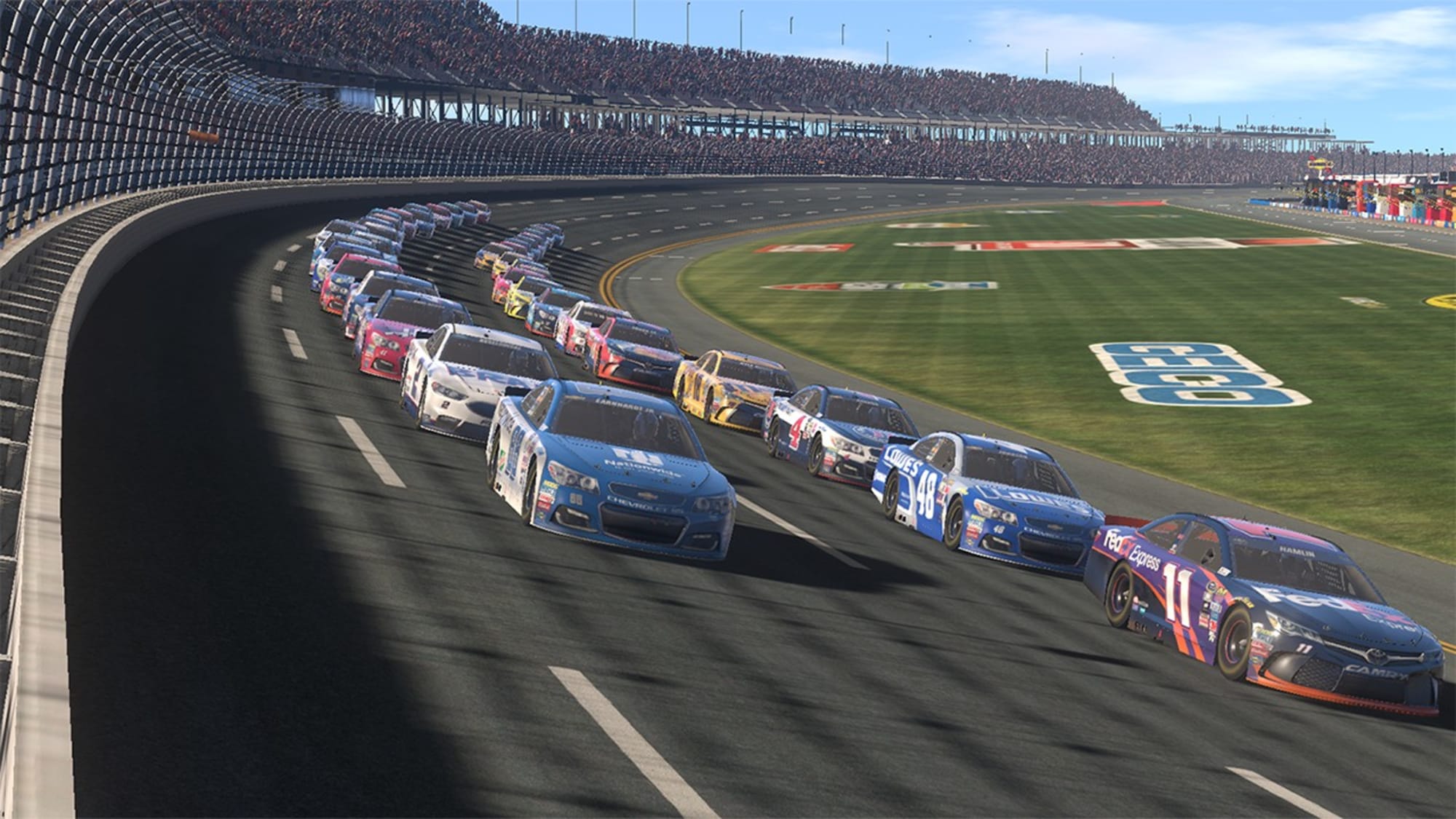

MP: In a general sense, because that’s all they need to achieve the speeds Ind圜ar wants to see, and more specifically, with the minimum engine mileage thresholds set by the series, it would be nigh-on impossible to reach 2500 miles before rebuilds if teams were fed all 750hp at every round. Why do the engines have different horsepower for different types of courses in Indy car? For teams with shorter wings, more angle was needed, which meant more drag… Smart stuff. The rules called for a maximum wing width, and with the higher, angled mounting, teams had more wing surface and could run them at lower angles while making similar levels of downforce. MP: They helped in the ways you mention, Chris, but they were created for the same reason they were used in F1: more surface area.

I read or heard somewhere the negative dihedral of the wing actually helped improve the pitch sensitivity of the car when negotiating high-speed, banked oval turns. What was the purpose of the “drooping mustache” high-speed oval front wing on Reynard Indy cars? Was it simply to allow uninterrupted airflow under the car, or was there a more esoteric aerodynamic reason? Take a listen to some of the controlled explosions that were 1980s F1 turbos…
#Nascar heat evolution setups chicago series#
Higher revs would also help and add to the quality of the sound with the new engines, but keep in mind that during the 1980s, the scariest F1 turbos rarely revved beyond 12,000 rpm – the same used today in the Verizon Ind圜ar Series – but 3000 rpm down from 2014 F1 motors. Turbos, as a simple function of how they work, muffle sound energy, so it takes some almighty power to overcome those losses. If the engines were being pushed harder to make more power, you’d have more force being expelled from the exhausts and get an angrier note that might be more pleasing. That’s not to say the new F1 turbos are weak, but they are not being asked to crank out 900hp. F1’s new engines, due to the big increase in KERS assistance, do not need to make wicked amounts of horsepower on their own.

The more power being made – the more violence and fury going on inside the combustion chambers – the more prolific the sound. MP: Like Robin’s Mailbag, we get asked and answer the same questions on a regular basis, and this is one I touched on in a previous Tech Mailbag, but I’m happy to answer it again and the problem the new F1 turbos face (I refuse to call them “Power Units”) is a lack of power. In both series, why not a 120 degree V6? Lower center of gravity, no secondary harmonics, room for diffuser tunnels, plenty of room for a “hot V”, though it would be wider. Your final comment (“Hopefully F1 will follow Ind圜ar’s lead) seems to imply that the F1 sound could be improved by a rules change.

asked a question (Part 1, March 20) about which I have been wondering: Why do the new F1 single-turbo engines sound worse than all other turbo race engines?) Your reply was interesting, yet didn’t seem to directly answer the “Why?” part. We can’t guarantee your letter will be published, but Marshall will always reply. If you have questions about the technical side of the sport for Pruett, who spent most of his life working as a mechanic and engineer in open-wheel and sports car racing, send them to. Welcome to Marshall Pruett’s Racing Tech Mailbag.


 0 kommentar(er)
0 kommentar(er)
